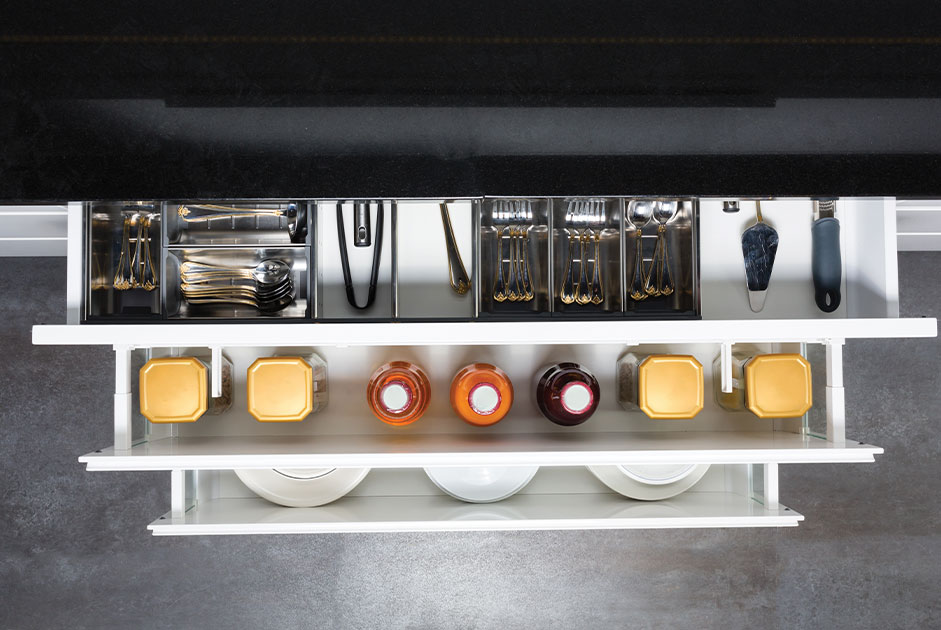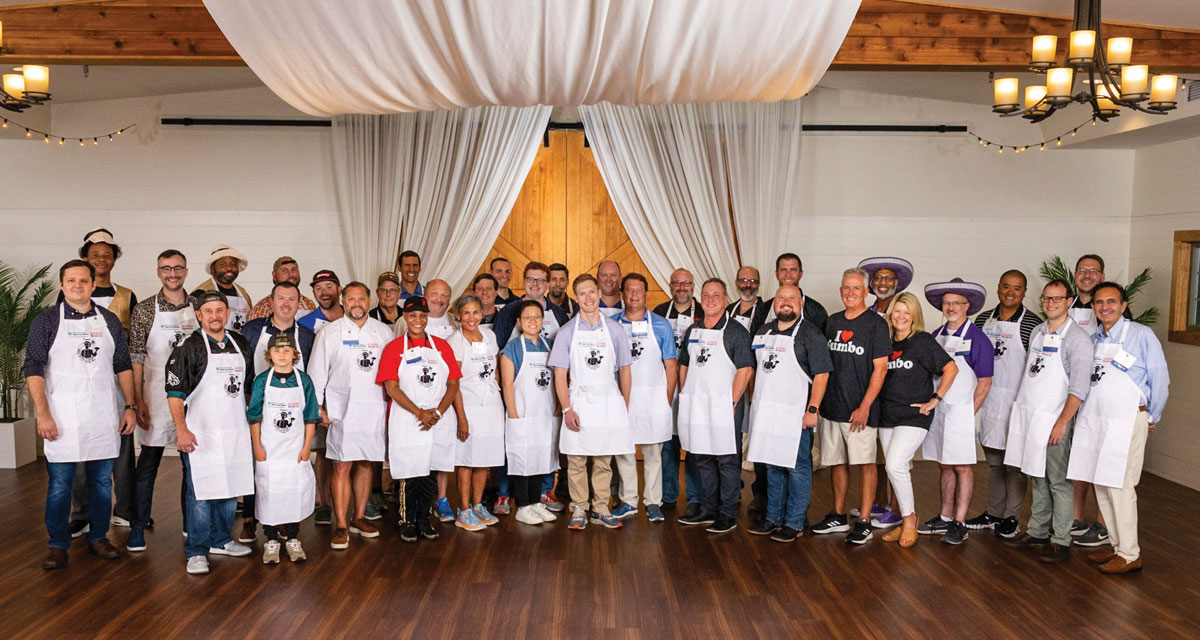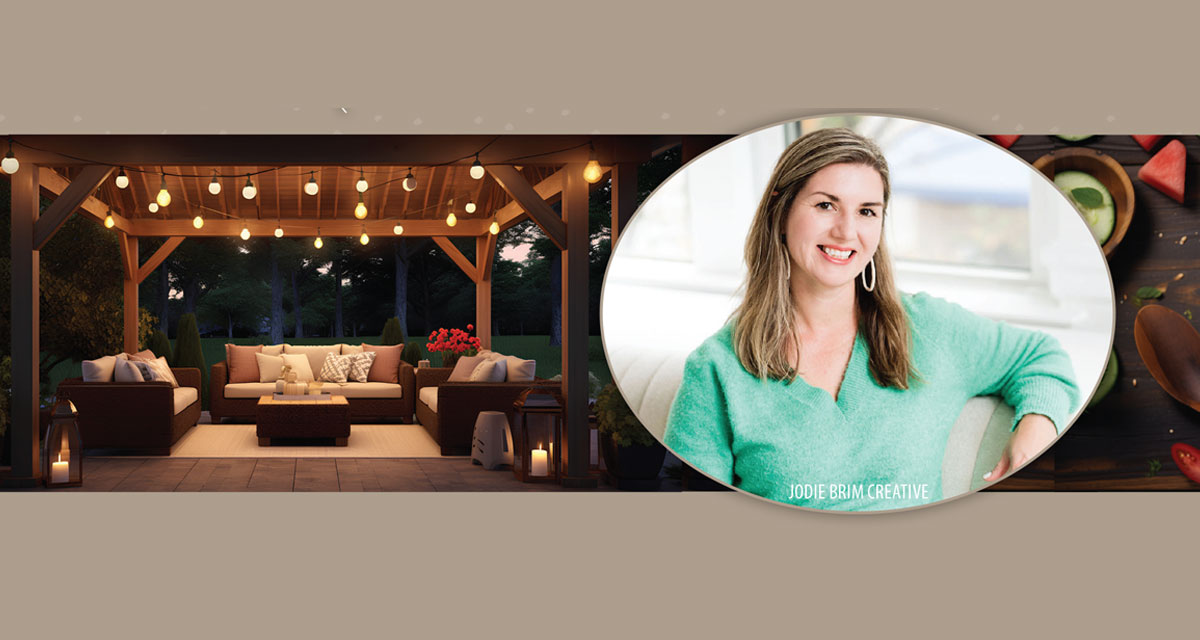By Brooke Orr
In many cultures, the New Year represents a new beginning – a chance to improve upon perceived shortcomings experienced the year before. Polls show that Americans’ top resolutions fall into the same three categories each year. Category one is health. Goals in this group are often related to weight loss, increased physical activity, and increased intake of nutrient-dense foods. Two is finances. This category includes goals around career changes, paying off debt, and increasing savings. The third grouping is happiness.
This category includes improving relationships, prioritizing self-care, and decreasing stress. Surveys suggest that despite good intentions, only 7% of Americans stick to their New Year’s resolutions which is probably why the categories do not change much year to year. This is not meant to discourage, but to suggest trying a different approach to the “New Year-New You” mindset.
Research suggests that success in the above categories starts at home. Studies show that the home environment affects the way we sleep, eat, and relate to the world around us. So it makes sense that prioritizing 2021 New Year’s goals around home improvement may help naturally improve other areas of life, i.e., health, finances, and happiness. Don’t panic! You don’t have to go on HGTV or Marie Kondo the whole house. Start the New Year off right with the below suggestions.
While the Kondo style of organizing is too extreme for my blood, rule 2 of her tidying method is essential to creating better habits this year. Kondo says, “Think about what kind of house you want to live in and how you want to live in it. In other words, describe your ideal lifestyle. Seriously consider the ideal to which you aspire.” Results from a 2010 study published in Personality and Social Psychology Bulletin found that the way people describe their homes may reflect whether their time at home feels restorative or stressful. Women who described their homes using stressful vocabulary were more likely to be depressed, and clutter was associated with decreased psychological well-being. It’s not all gloom and doom for disorganized readers; studies also found that a slightly disorderly environment can increase creativity. The important takeaway? Be intentional. Once you have visualized the general ambiance you want for your home, go back and walk through each room, considering its individual function or role it plays in creating your ideal lifestyle.
Take the kitchen, for example. It is often considered the heart of the home. Most want a kitchen that encourages family and friends to gather around enjoying food and company. According to resolution trends, many also want a kitchen that enables them to make healthier food choices. Research shows that people are more likely to choose nutrient-dense foods in an orderly environment. Create this environment by:
● Start with the refrigerator/freezer. Take everything out, throwing away anything expired, and wiping down items you plan to keep. Sanitize refrigerator and freezer. Put Items back by category – dairy, beverages, fruit, vegetables, etc. Helpful Hint – pre-wash fruits and vegetables so that they are ready to grab and go.
● Next, tackle your pantry following the same steps above. Helpful Hint – place the foods you want to eat more of at eye level.
● Then, take everything out of cabinets and drawers. Throw away storage containers that no longer have matching lids and organize items as you put them back in.
● Last but not least, clean off your counters. Store appliances in cabinets or drawers and select only one or two items that bring you joy to display prominently.
Kitchen organization supports healthy eating goals, but organized chaos inspires creativity in a home office or homework nook. Rebecca McCrone, contributing writer at Articles of Innovation, says to use lots of visual stimulation in this room. McCrone says, “you never know where inspiration will come from. But if there’s one thing that’s for sure, it’s that more stimulation is great for the creative mind. During projects, we often post pictures around the room. Sometimes they revolve around the project topic, and other times they have little or nothing to do with it. Then when the energy in the room is lagging, facilitators will have participants look for inspiration in the pictures.” In addition to photos, use pops of your favorite colors, neatly display kids’ crafts, and your favorite office supplies to inspire creativity.





















